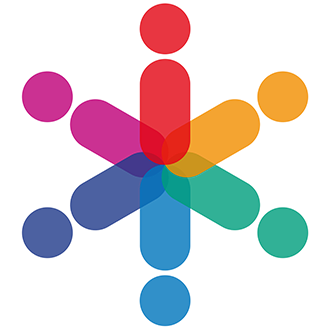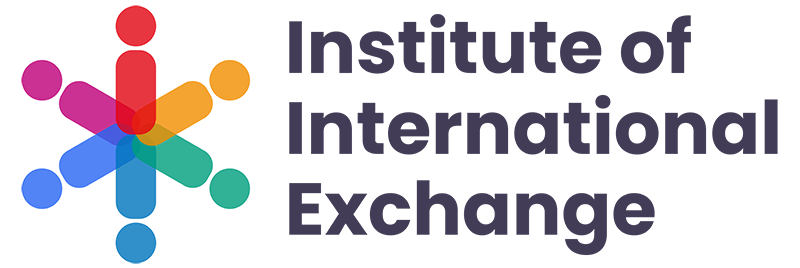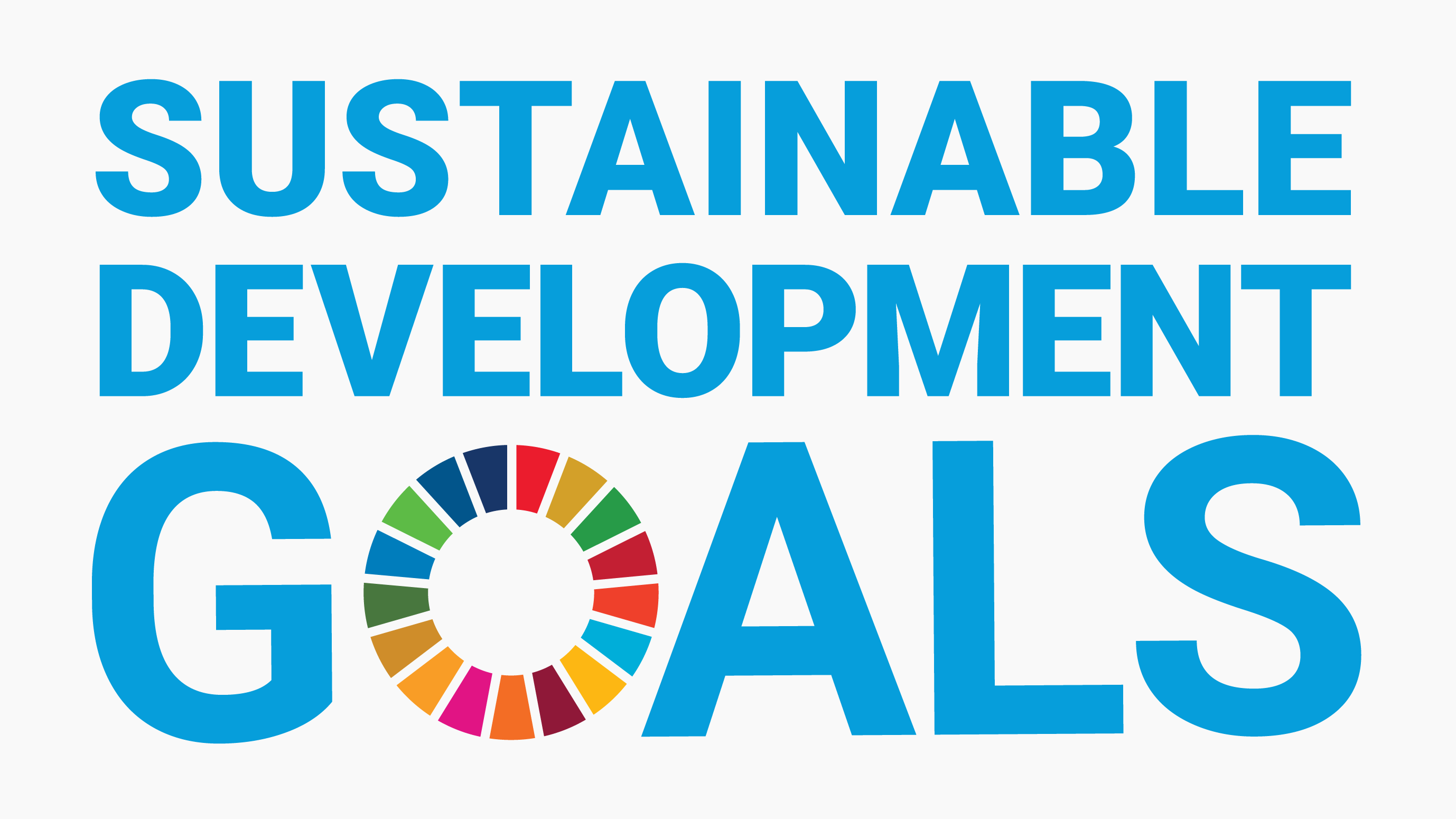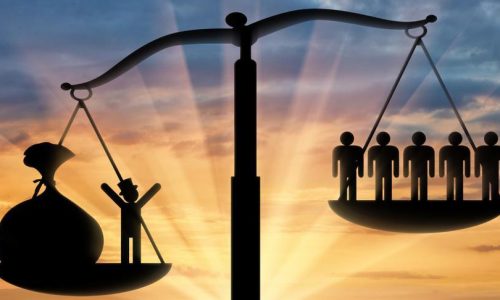Analysis of European distributed wind power development experience for countries worldwide, taking Denmark and Germany as examples
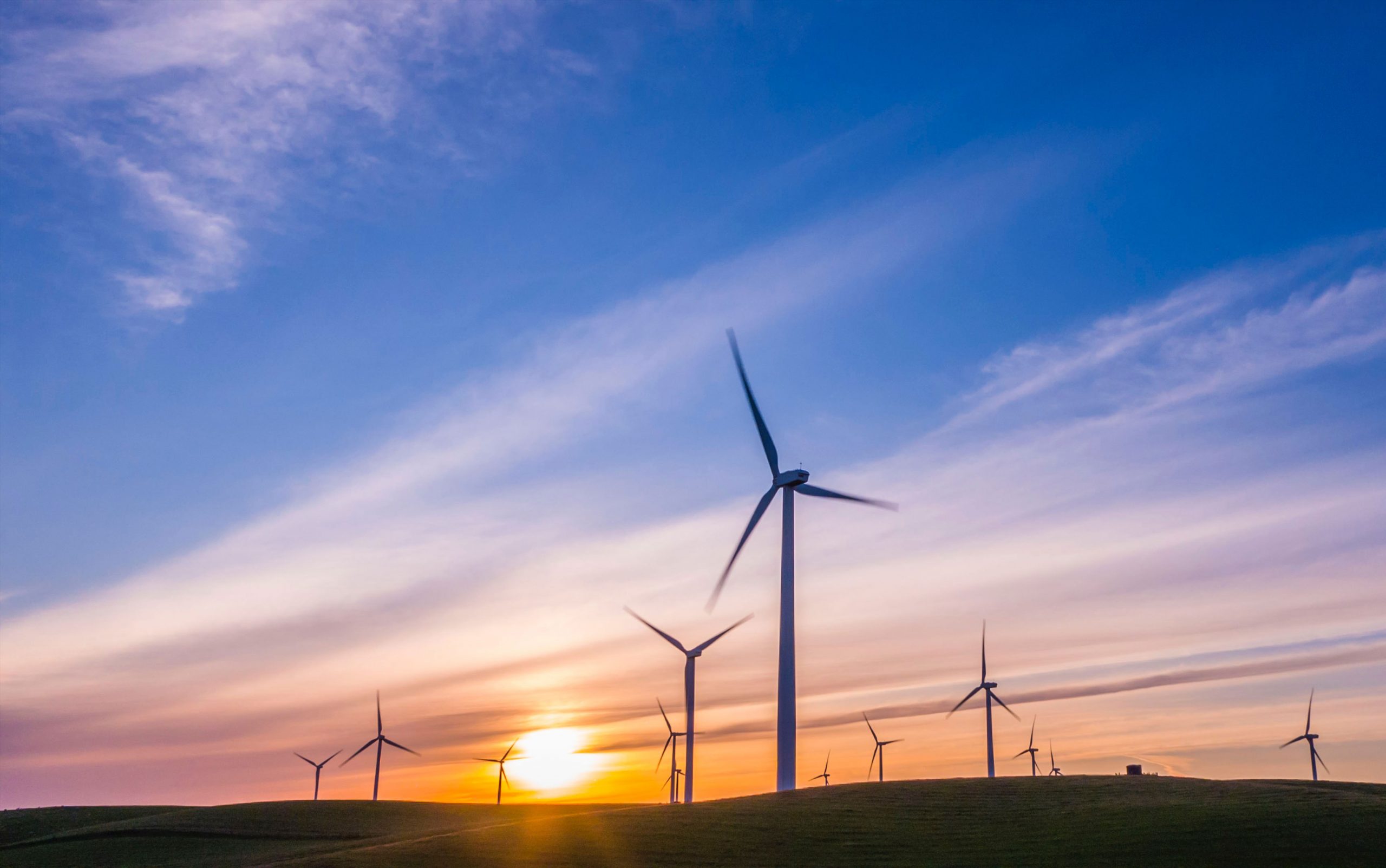
While COVID-19 is slowing economic development in some countries/regions, it is also accelerating their shift from conventional to wind and other renewable energy sources. The rise of wind energy is unstoppable and global.
Looking around the world, as the home of modern wind power, Denmark has the highest wind power penetration rate in the world, distributed wind power is the main force of its onshore wind power; as a benchmark for energy transformation, Germany in the process of transition to clean energy, vigorously develop distributed energy, including distributed wind power. These European countries in the development of distributed wind power process of experience and lessons learned, both to provide countries with a reference template, but also to provide a lesson learned from the previous car.
Develop wind power according to local conditions
In Denmark, the scale of wind farm development is generally determined based on the resources, grid and load conditions, and the appropriate voltage level is connected. Wind farms are as large or as small as appropriate, and are not artificially classified as centralized or distributed wind power.
Germany is similar to Denmark in that the installed onshore wind farms are small, with 90% of Germany's onshore wind farms having less than 9 turbines installed, mostly connected to distribution networks of 6 kV-36 kV or 110 kV voltage levels for local consumption. The existing distribution network allows for large-scale integration of distributed renewable energy production including wind, PV and biomass.
Policy-driven distributed energy
An important factor in the remarkable success of European countries in promoting distributed energy, including distributed wind power, is the development of relevant laws and incentive policies to promote the development of renewable energy.
Denmark, Germany and other European countries mainly implement a combination of mandatory buyback (Feed-in Tariff), net metering and investment subsidies (Capital Subsidies) for wind power, and have promoted investment in distributed wind power projects by establishing a renewable energy quota system.
Electricity tariff mechanism and grid support are indispensable
Denmark is the hub that connects the two major power systems in Northern Europe and Continental Europe, which means that Denmark has a strong grid dispatching capability. For example, Norway's hydropower can supplement Danish wind power by storing and releasing water. At the same time, Denmark is actively promoting international envelope construction projects with neighboring countries to provide the basis for more flexible renewable energy consumption.
Denmark's renewable energy system is a multi-energy complementary system with clean energy sources such as hydropower and solar power, as well as energy storage units, in addition to wind power. With the increasing growth of distributed wind power and distributed power sources, Denmark has established a comprehensive electricity market trading mechanism with reasonable pricing and trading rules. In countries such as Denmark, a series of electricity market rules come into play, and the balance between production and consumption of electricity is reflected through the price of electricity. The price serves as a signal to effectively regulate electricity production and consumption, and to achieve a balance of electricity production and consumption on the grid. This also provides value space for the construction of storage units in the grid.
Community wind power, forming a community of shared interest
In countries such as Denmark and Germany, in addition to policies to promote the development of distributed wind power, wind power has formed a very close community of shared interest relationships with communities and residents. By jointly purchasing shares in wind farms, community residents ensure that the community can benefit from the investment in wind power and significantly increase public acceptance of wind power.
Community wind power is a form of application of distributed wind power that has emerged in recent years. The main purpose of power generation is for self-consumption, and excess power is integrated into the grid and packaged for sale. In Europe, where the price of electricity is high, the use of social investment solves the problem of self-generation, while also enhancing the public's perception of new energy use and energy conservation and emission reduction.
Denmark is a pioneer in community wind power, with 80% of the distributed wind farms in Denmark being community wind in nature. The Danish municipal energy agencies not only buy community wind power, but also participate in the investment, playing a very important role in the spread of community wind power in Denmark.
About Us
Institute of International Exchange is an international non-governmental and non-profit organization. We hope to build an equal and friendly platform for exchanges and cooperation around the world.
© 2023 Institute of International Exchange
